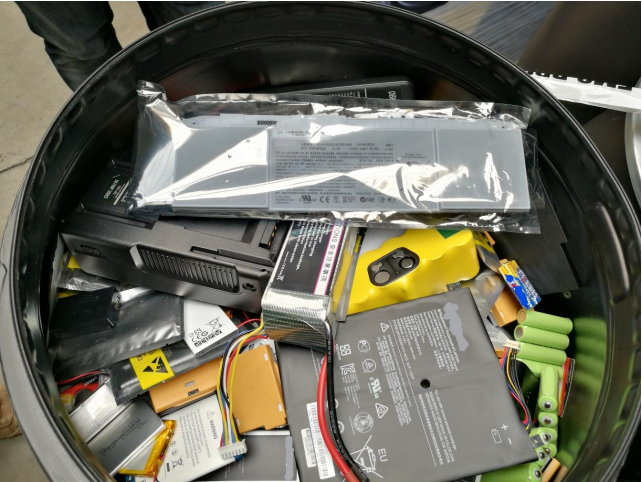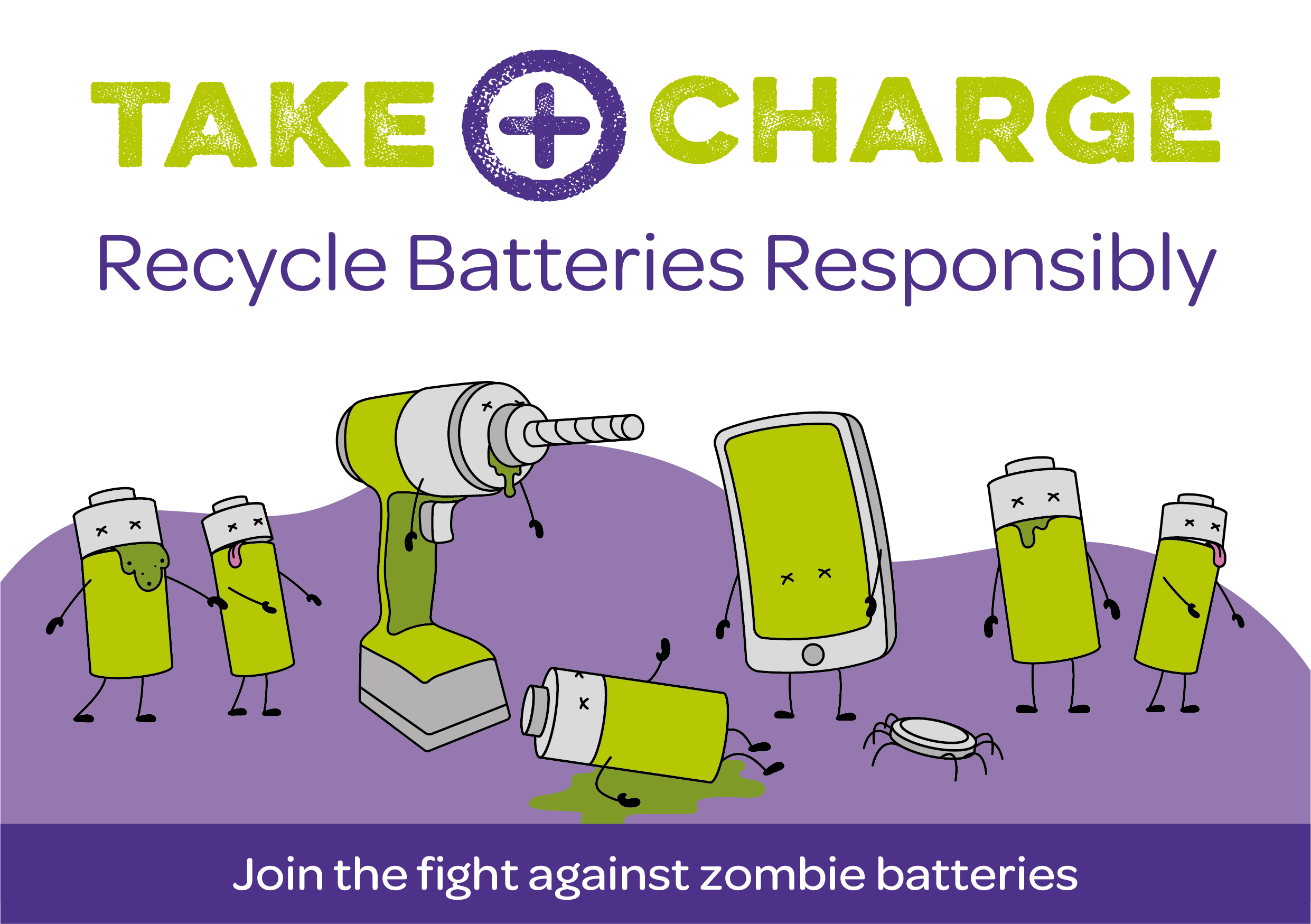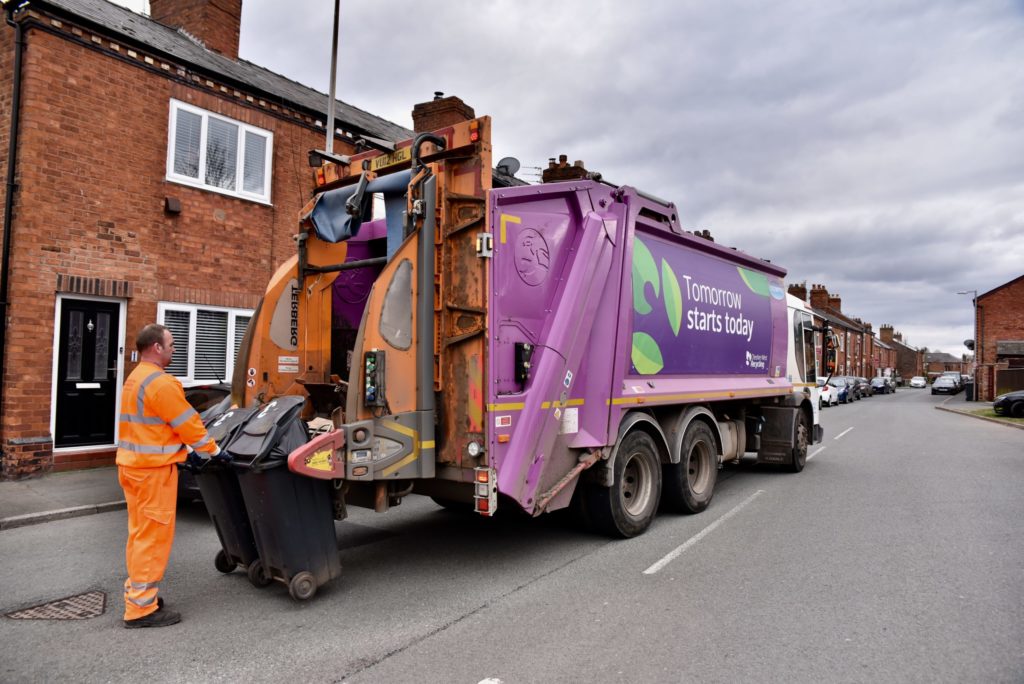The use of lithium-ion batteries is becoming increasingly common. They are a natural substitute for nickel cadmium batteries which are being phased out of use as required by the EU Batteries Directive, Directive 2006/66/EC on Batteries and Accumulators and Waste Batteries and Accumulators and this change is affecting the market for both types of battery chemistry globally.

The use of lithium –ion (li-ion) batteries by domestic consumers has also been extended to button cells at the smaller scale and extends to automotive starter batteries at the other end of the scale, albeit in the latter case there is a substantial cost premium in substituting for a conventional lead-acid battery unit.
There is, however, one major disadvantage to the widespread use of Li-ion batteries, because they can catch fire if the anode and cathode connect. This issue was first highlighted in the fires that occurred in some of the earliest of Boeing’s 787 Dreamliner aircraft where, for light-weighing purposes, lithium-ion batteries were substituted for the nickel cadmium batteries used by aircraft manufacturers hitherto. There were also several instances of fires occurring in laptops, which are now fitted with li-ion batteries as standard.
The most common reason for fires is the inappropriate disposal of li-ion batteries through domestic refuse collection systems, both into the residual waste stream but also in the recyclable waste stream. When the anode and cathode come into contact through any normal handling of waste, such as compaction in a refuse collection vehicle, movement by handling equipment in waste facilities or processing of WEEE, for example, a fire may occur. Without stronger guidance to both waste management facilities and also for the public the problem is set to get much worse in future.
Good practice
To properly assess the scale of the problem in October 2020 a sub-group of the ISWA Recycling and Waste Minimisation Working Group (R&WM WG) embarked on research to determine the issue internationally and to see whether there were any good practice suggestions that could be adopted from those countries and regions that had addressed this problem most thoroughly. The information in this brief communication is based on the findings of the first responses that came in to meet the deadline for initial responses to an open-ended questionnaire survey that was distributed to members of both the ISWA R&WM and Hazardous Waste WGs.

Assessing the scale of the problem is difficult because few countries keep comprehensive records of fires in collection vehicles, at transfer stations, sorting plants and other waste management facilities. A partial survey among its largest members undertaken by the Environmental Services Association (ESA) for the UK reveals the scale of the fire problems in these facilities and the potential contribution of li-ion batteries to the total. In the financial year 2019-2020 there were 670 fires recorded, of which 145 could be attributed directly to li-ion batteries and a further 112 incidents had occurred where li-ion batteries were suspected as being the cause of the fire.
Analysis
An Austrian an analysis of waste-related fire incidents (Nigl et al. 2020) over an extended period, which also included the German Federal States of Saxony and North Rhine Westphalia, categorised the causes of fires but li-ion batteries were not specifically included. However, there was an extended commentary on the issue:
The rising relevance of batteries as sources of ignition did not reflect in this study, although, experiences of individual plant operators suggest exactly the opposite. On the one hand, there were only a few incidents publicly reported where separately collected batteries were involved in fires. On the other hand, misplaced lithium batteries were rarely identified as sources of ignition in other waste streams. Waste-specific fire causes are often difficult to identify and fires caused by batteries often falsely allocated to self-ignition. (Nigl et al. 2020 p 219)
Incentives
One of the concerns is that consumers have limited information about the proper disposal of li-ion batteries because the guidance provided covers all types of battery chemistries. In the UK citizens have only very indirect incentives to segregate and separately dispose of their portable batteries appropriately and they can still discard them quite legally into their residual waste container, as is the case in many countries, albeit national and local authorities provide clear advice against this practice.
“Ideally citizens ought to take them to a shop, or community facilities, such as libraries”
Ideally citizens ought to take them to a shop, or community facilities, such as libraries, and place the batteries in a container to be collected by a battery compliance scheme directly or aggregated through retailers’ regional distribution centres. Also batteries, where possible, should be removed from WEEE and segregated for collection via the same route. Alternatively WEEE items should be taken to a shop offering take-back services or to a Household Waste Recycling Centre (Civic Amenity site). With small WEEE items, such as electric toothbrushes and shavers, these items are generally sealed for safety reasons so that battery removal is extremely difficult and mainly these items are discarded into consumers’ residual waste containers.
In some countries, including Canada and Finland, spent li-ion batteries are regarded as a hazardous waste and are therefore subject to the controls appropriate for hazardous waste streams. In the case of waste transfer to processing facilities and specifically to other countries for processing therefore, this would mean that the spent li-ion batteries would have to meet the requirements of the Basle Convention, ADR regulations and regional and national regulatory controls.
Guidance
Guidance regarding the issue of the handling of spent li-ion batteries in waste management facilities is often very general and not specific to li-ion batteries, although several countries including the Netherlands, are updating their current guidance. However, there were a few examples of existing guidance that the survey revealed, including:

In the UK, the WISH (Waste Industry Safety and Health) Forum has produced guidance for waste management facilities
Also, on 14 October 2020 the Solid Waste Association of North America (SWANA) issued its Guide for developing lithium battery management practices at materials recycling facilities.
In Germany, there is a new training video which was produced in October 2020 by VKU, the Association of Municipal Enterprises at Lithium Batteries
With regard to the wider issue of guidance to the public, beyond the current guidance on return to shops, the only instance of more specific guidance came from Norway where consumers are requested to tape over the anodes and cathodes of li-ion batteries. In the UK the ESA issued its public facing battery disposal campaign Take Charge in October 2020 and runs a working group on the topic of lithium batteries and fire safety.
Reference
Nigl T W Rubenbauer and R Pemberger. 2020 Cause-oriented investigation of the fire incidents in Austrian waste management facilities, Detritus 09-2020 pp 213-20
FOR MORE SPECIAL REPORTS, CLICK HERE











Subscribe for free